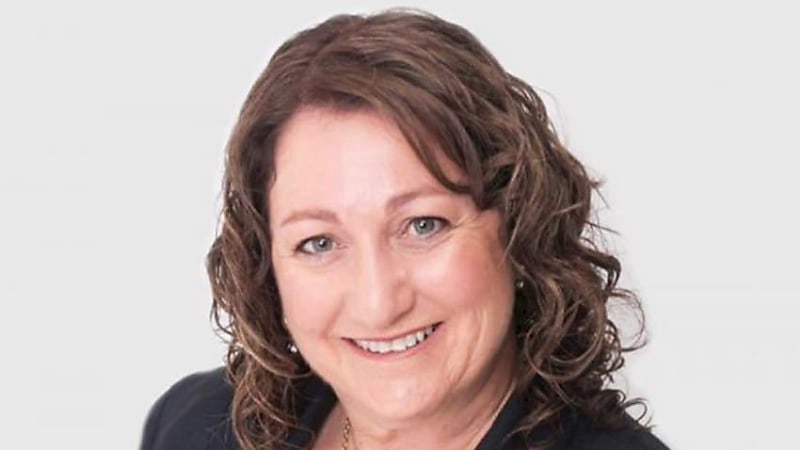Audit procedures for NALI remain uncertain

SMSF auditors may be spared from going down the NALI ‘rabbit hole’ from July next year with the role of auditors in this area still unclear, according to ASF Audits.
Speaking in a recent webinar, ASF Audits head of education Shelley Banton said while the SMSF industry is still waiting for further clarity on what will happen in relation to non-arm’s length income (NALI) for expenses of a general nature, these kinds of issues are “off the audit table” for now until at least 1 July 2023.
Earlier this year the ATO decided to extend its transitional compliance approach in PCG 2020/5 for expenditure of a general nature until the end of June next year.
The PCG states that the ATO will not be allocating compliance resources to non-arm’s length income relating to general expenses up to 30 June 2023.
While there is currently a PCG covering expenses of a general nature, Ms Banton reminded SMSF professionals that trustees can still incur NALI where there is non-arm’s length expenditure (NALE) in relation to a specific asset.
“The worst case scenario is a part A qualification because the tax statement has been materially misstated but in most cases it’s just going to be a management letter comment,” she said.
Ms Banton noted, however, that the NSW Supreme Court case, Re HI Pty Ltd [2020] NSWSC 1638 [35], suggests that SMSF auditors may not be required to check for non-arm’s length income.
The taxpayers in this case claimed that the auditor’s didn’t tell them that there was NALI in the fund and therefore had a solvency issue, she explained.
“The judge said that the auditor’s report showed that the financials were prepared to meet SIS requirements rather than focusing on tax compliance, which puts a whole new cat amongst the pigeons. The description of the auditors responsibilities and the tests performed in the auditor’s report focused on compliance with SIS requirements, rather than with the tax obligations,” she said.
“The judge also said was that there was nothing in the content of those financial reports or the audit reports, which could have provided the trustees with any basis to believe that the fund had complied with their tax obligations, regardless of whether they read those reports or not.”
Despite the NSW Supreme Court decision, there still remains contention around this issue, with Guidance Statement GS 099 Auditing Self-managed Superannuation Funds expressly stating that auditors must check that any non-arm’s length income has been classified correctly.
GS 099 states that “uncorrected NALI may result in material misstatement of the tax expense of the SMSF and the auditor may need to modify their opinion on the financial statements”.
Ms Banton noted the fact that GS 009 is a guidance statement only and doesn’t provide any more requirements or obligations on what the auditing standards do.
“It just merely explains that auditing standards,” she said.
“This case certainly does provide a different outlook regarding the expectations of auditors and NALI. It may well be that auditors don’t have to go down the rabbit hole and question every single expenses to the enth [sic] degree,” she said.
At this stage, Ms Banton said SMSF auditors are unclear on what their procedures are going to be next financial year.
“We still have another six or seven months before the ATO lets the NALI cat out of the bag so hopefully we’ll have a lot more certainty by then.”






